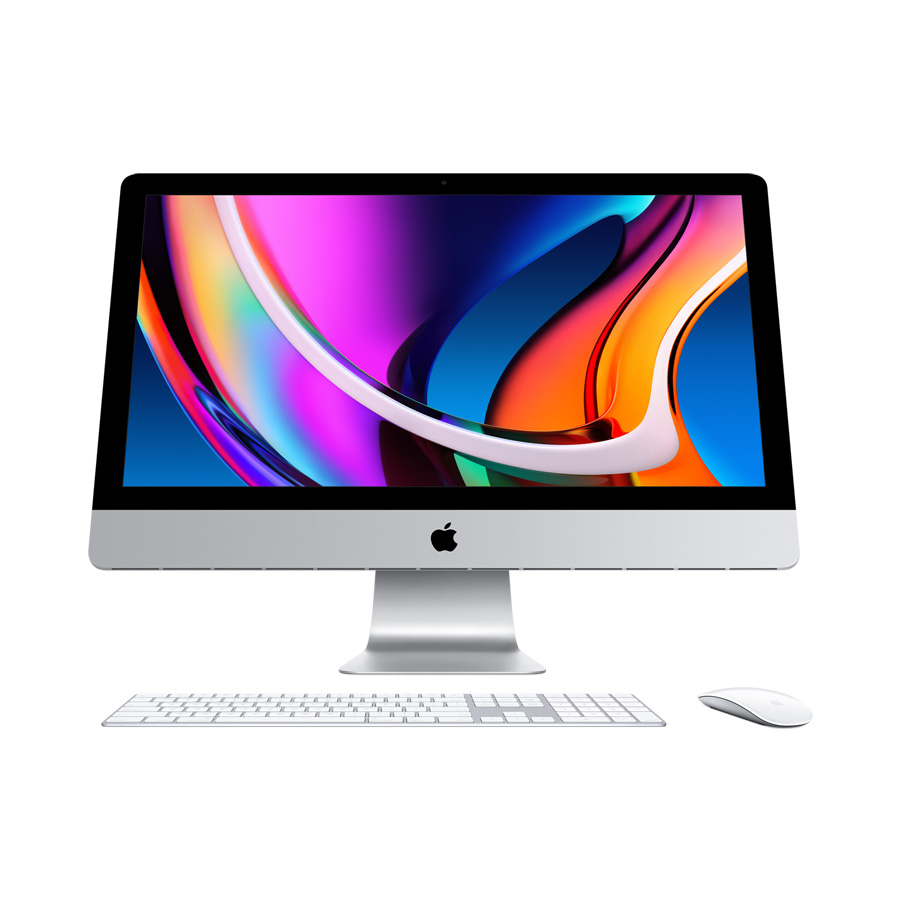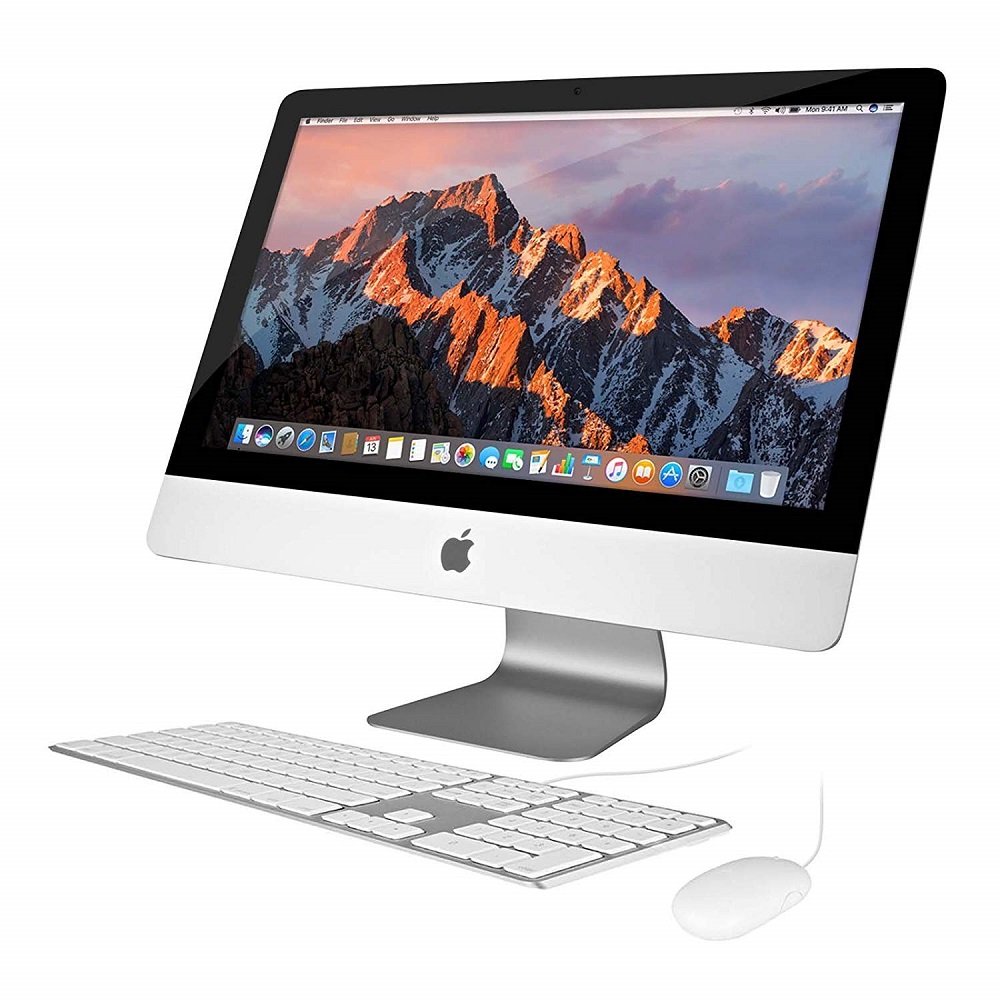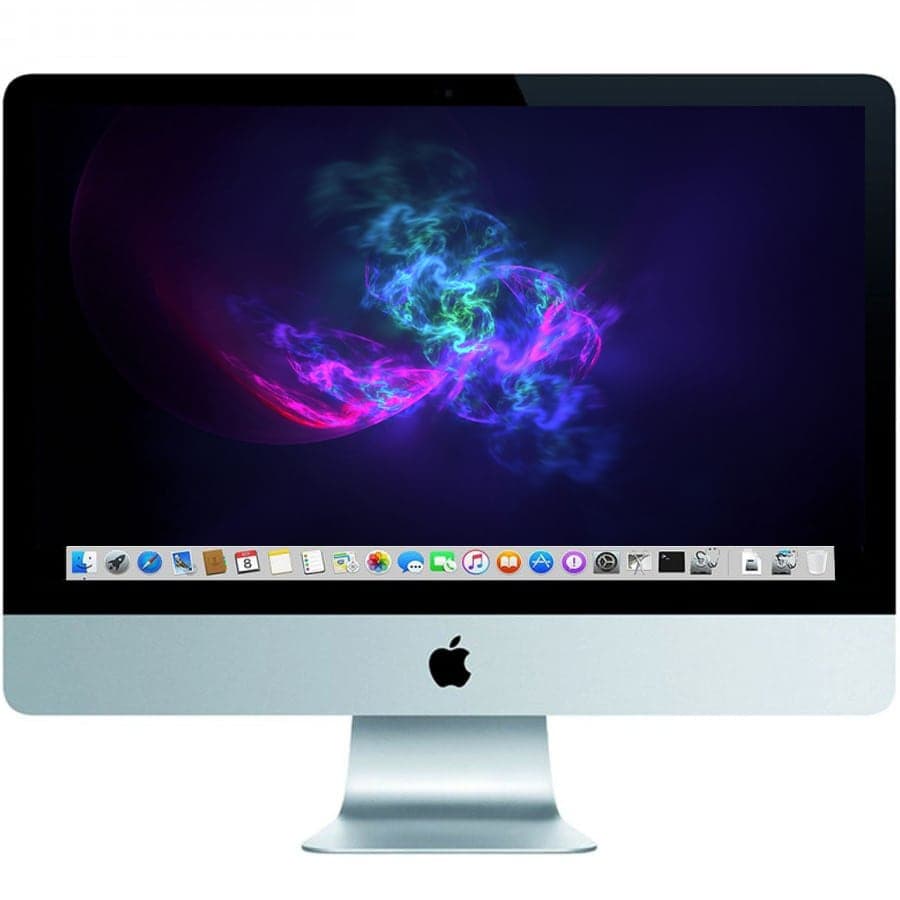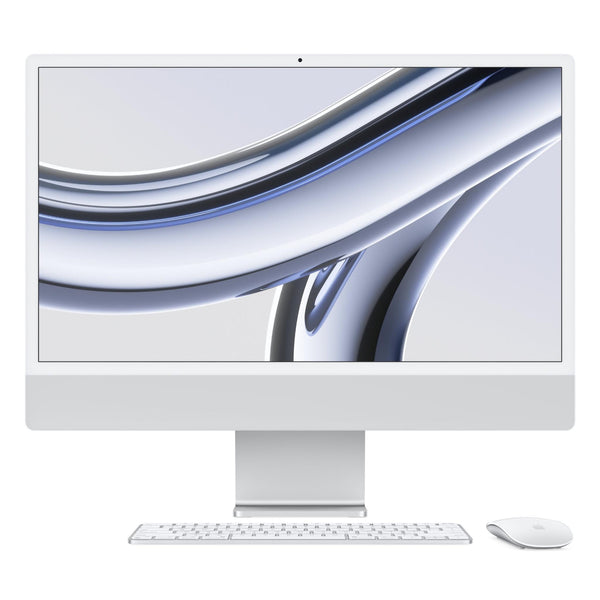Preparing to sell your Mac desktop involves more than just putting it in a box and listing it online. To protect your personal information and ensure a smooth transition for the new owner, it’s crucial to reset your Mac to its factory settings. This process not only secures your data but also allows the new user to enjoy a fresh start. In this guide, we’ll walk you through the steps how to reset Mac desktop effectively, along with tips and pointers to consider before selling.
Back Up Your Data
Why You Should Back Up
Before how to reset Mac desktop, take a moment to back up your important files. This step is crucial because resetting your Mac will erase all content from the hard drive, including documents, photos, and applications. If you don’t have a backup, you risk losing irreplaceable and important data. A backup allows you to transfer your files seamlessly to your new device or simply keep them safe for future access.
Backup Options
There are several methods for backing up your data, with the most popular being Time Machine, Apple’s built-in backup feature. To use Time Machine, connect an external hard drive, and follow these steps: go to System Preferences > Time Machine, then select the external drive as your backup disk. Time Machine will automatically back up your data at regular intervals. Alternatively, you can manually copy important files to an external drive or use cloud services like iCloud, Google Drive, or Dropbox. Choose an option that best suits your needs and make sure all essential data is securely backed up before proceeding.

Sign Out of Accounts
Apple ID and iCloud
To ensure your personal information remains secure, you must sign out of all of your accounts before resetting your Mac. Start with your Apple ID, as this is intricately linked to your Mac. Go to System Preferences > Apple ID and select “Overview” to find the option to sign out. Be prepared to disable “Find My Mac” as part of this process. This action not only protects your information but also allows the new user to create their own Apple ID without any complications.
Other Accounts
In addition to signing out of your Apple ID, consider logging out of other accounts linked to your Mac. This includes any third-party applications or services, such as Microsoft Office, Adobe Creative Cloud, or any subscription-based services. Open each app and look for the option to sign out in the menu. Completing this step releases any licenses tied to your desktop, ensuring a smooth transition for the new owner and protecting your privacy.
Reset NVRAM and SMC
What Are NVRAM and SMC?
Before you reset the system entirely, it’s a good practice to reset the Non-Volatile Random-Access Memory (NVRAM) and the System Management Controller (SMC). NVRAM stores certain settings, such as display resolution, time zone, and speaker volume. Sometimes various settings need to be cleared before handing over the computer. The SMC controls low-level functions like power management and sleep settings. Resetting both can resolve lingering issues and ensure a fresh start for the new owner.
How to Reset
To reset the NVRAM, restart your Mac and hold down Command (⌘) + Option + P + R immediately until you hear the startup sound a second time, or see the Apple logo appear and disappear. Release the keys. For resetting the SMC, the method varies depending on the Mac model you have. For most modern Mac desktops, you can do this by shutting down your Mac, unplugging the power cord, waiting 15 seconds, reconnecting the power, and then restarting. Check Apple’s website for specific instructions regarding your model, ensuring that both resets are executed properly.

Erase Your Hard Drive
Booting into Recovery Mode
Once you’ve backed up your data and signed out of all accounts, the next step involves erasing your hard drive. To do this, restart your Mac and enter Recovery Mode by holding down Command (⌘) + R while it boots up. You should see the macOS Utilities window appear on your screen, indicating that you’ve successfully entered Recovery Mode.
Formatting the Drive
In the macOS Utilities window, select Disk Utility and hit Continue. You’ll see a list of your drives on the left side; select the primary hard drive (commonly named “Macintosh HD”). Click on the Erase button at the top. Choose a format—typically APFS or Mac OS Extended (Journaled) are suitable options for most users. Provide a name for your hard drive, then click Erase. This process deletes all data on the selected drive, preparing your Mac for a fresh installation of macOS. Once the erasure is complete, exit Disk Utility.
Reinstall macOS
Downloading the Operating System
After erasing the hard drive, you’ll want to reinstall macOS. Return to the macOS Utilities window, where you should select Reinstall macOS. Follow the prompts to proceed with the installation. Ensure that you have a reliable internet connection, as your Mac will need to download the operating system. Depending on the speed of your connection, this process can take some time.
Completing the Installation
As you go through the reinstallation process, you may be prompted to select which drive to install macOS on. Choose the newly erased hard drive and continue with the simulation. Once the installation is complete, your Mac will restart, prompting you to go through the macOS setup process. At this point, you can power off the Mac, as it’s now ready for the new owner. They will have the opportunity to set it up as their own.

Clean Your Mac Desktop
Physical Cleaning
Beyond resetting the software, consider giving your Mac a physical cleaning before selling. Dust and fingerprints can accumulate over time, detracting from the overall appearance. Use a microfiber cloth to wipe down the screen, keyboard, and surfaces of the Mac. Avoid using harsh chemicals; instead, use a solution specifically formulated for electronics or a mixture of water and vinegar. Taking these steps presents a polished look and helps convey a sense of care for the device.
Organizing Accessories
Don’t overlook accompanying accessories like the power cord, mouse, and any original packaging. Ensure these items are in good condition and organize them neatly. You might also consider resetting any peripherals, like wireless mice or keyboards, to make them ready for resale. Providing these details in the sale listing can help boost your selling price, making your offer more attractive to potential buyers.
Listing Your Mac for Sale
Choosing the Right Platform
Once your Mac desktop is reset and cleaned, it’s time to decide where to list it for sale. Platforms like eBay, Craigslist, and Facebook Marketplace allow individuals to sell their used electronics directly to buyers. Consider your pricing strategy by researching similar models currently for sale. Pay attention to the condition, age, and specifications to ensure your price is competitive.
Professionalism in Listing
When creating your listing, write a clear and concise description that highlights the key features, specifications, and any accessories included. High-quality photos taken from various angles will help attract potential buyers. Include any relevant information regarding the age of the Mac and any prior maintenance. Transparency builds trust, making customers more likely to consider your listing seriously.
Conclusion
How to reset Mac desktop before selling it is an essential process that safeguards your data while providing a smooth transition for the new owner. By following these outlined steps—backing up data, signing out of accounts, resetting components, erasing the hard drive, reinstalling macOS, cleaning, and listing—you create an appealing and secure selling experience. Not only does this preparation reflect well on you as a seller, but it also opens a new chapter for both you and the buyer, allowing someone else to enjoy the benefits of your Mac. By taking these steps, you ensure a seamless process that helps you move on while giving the next user a delightful head start.
